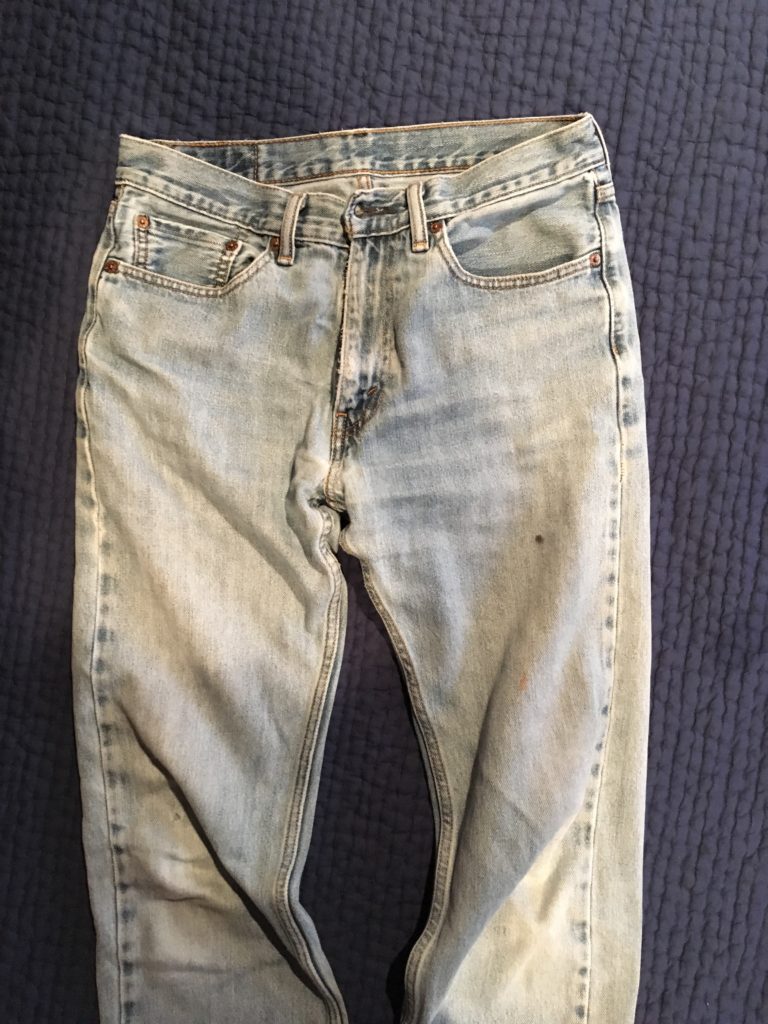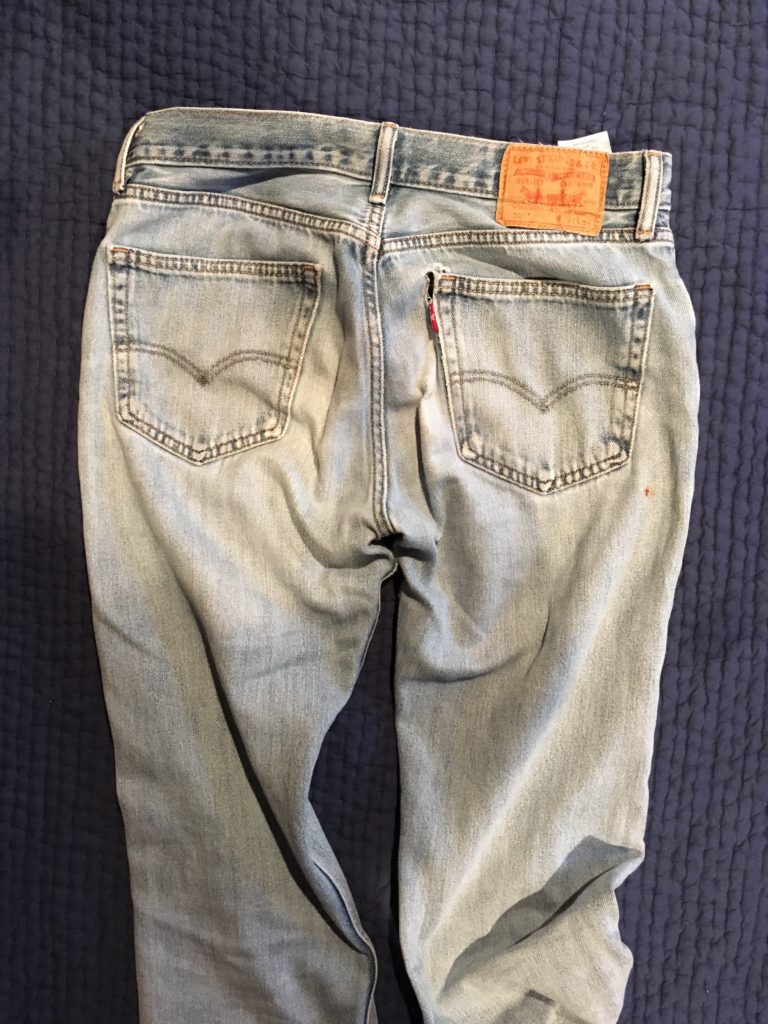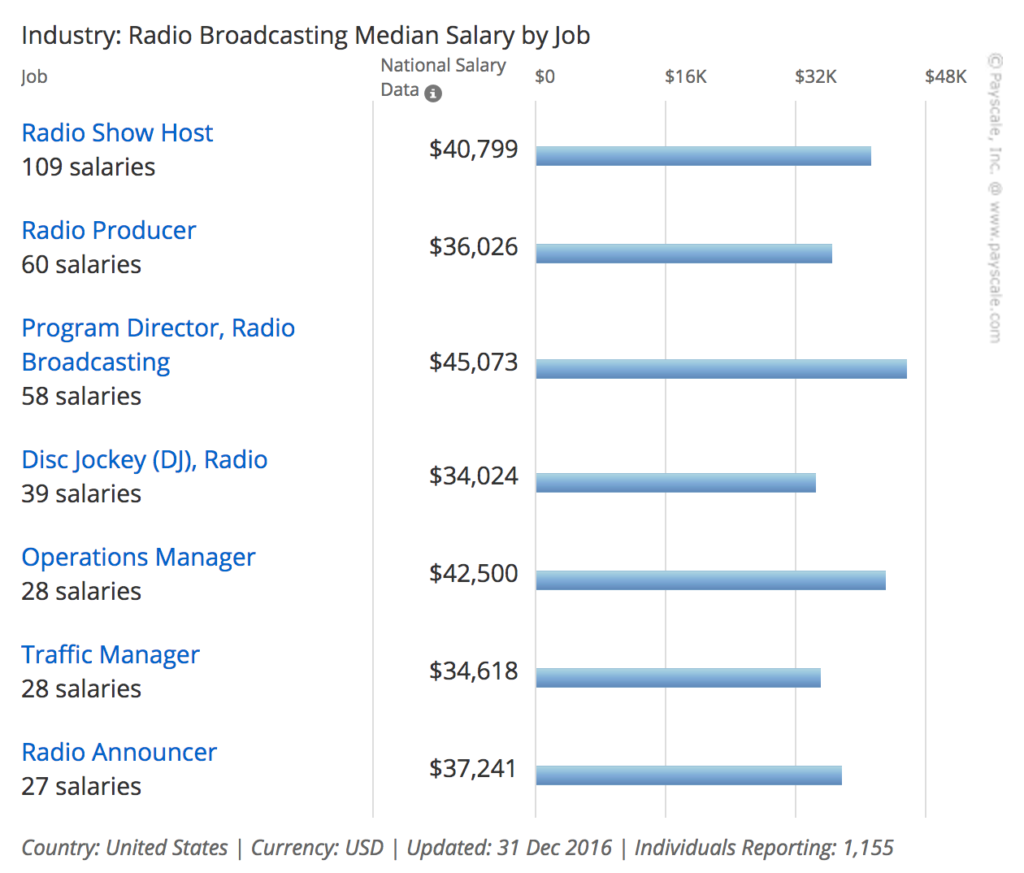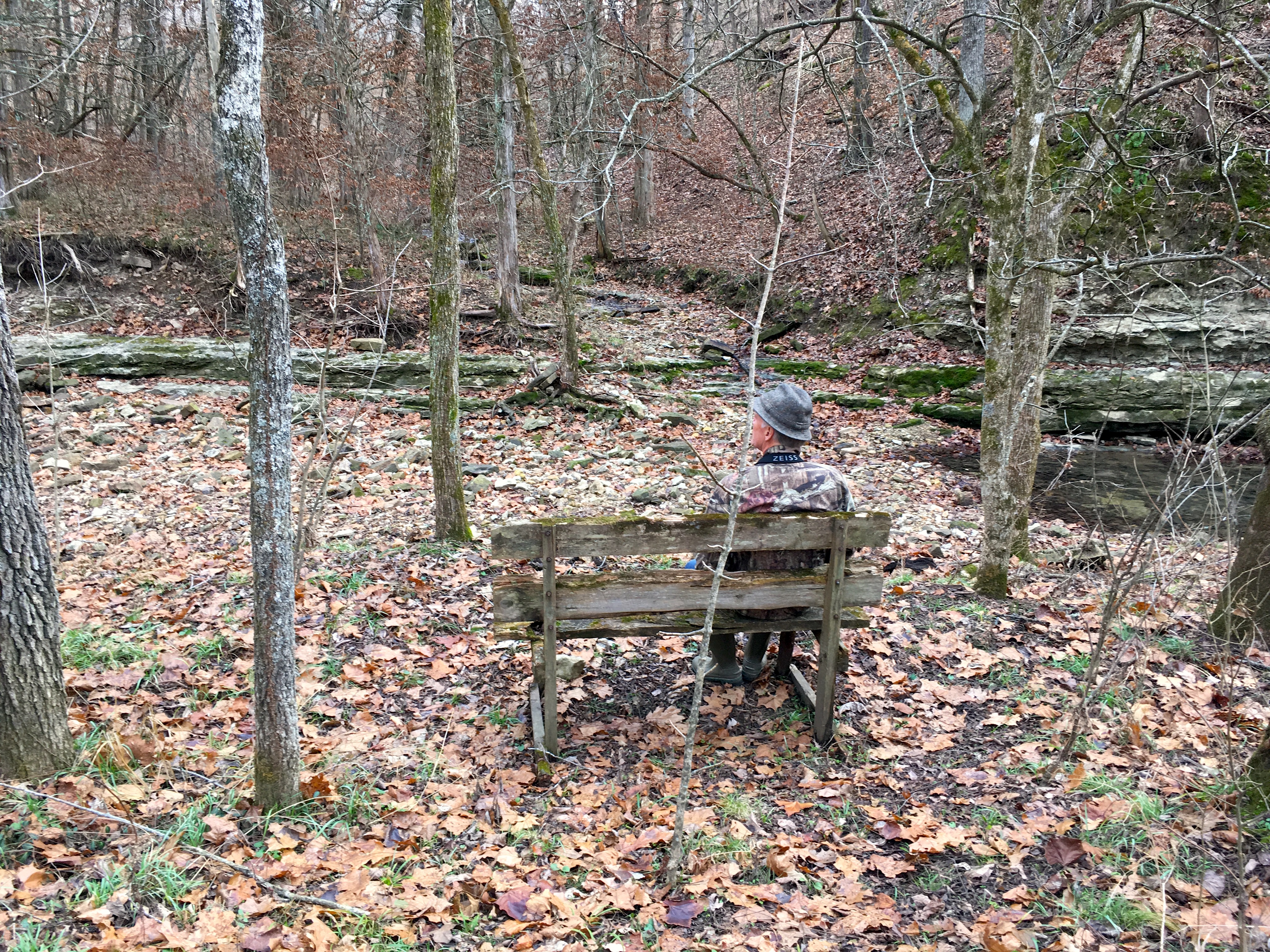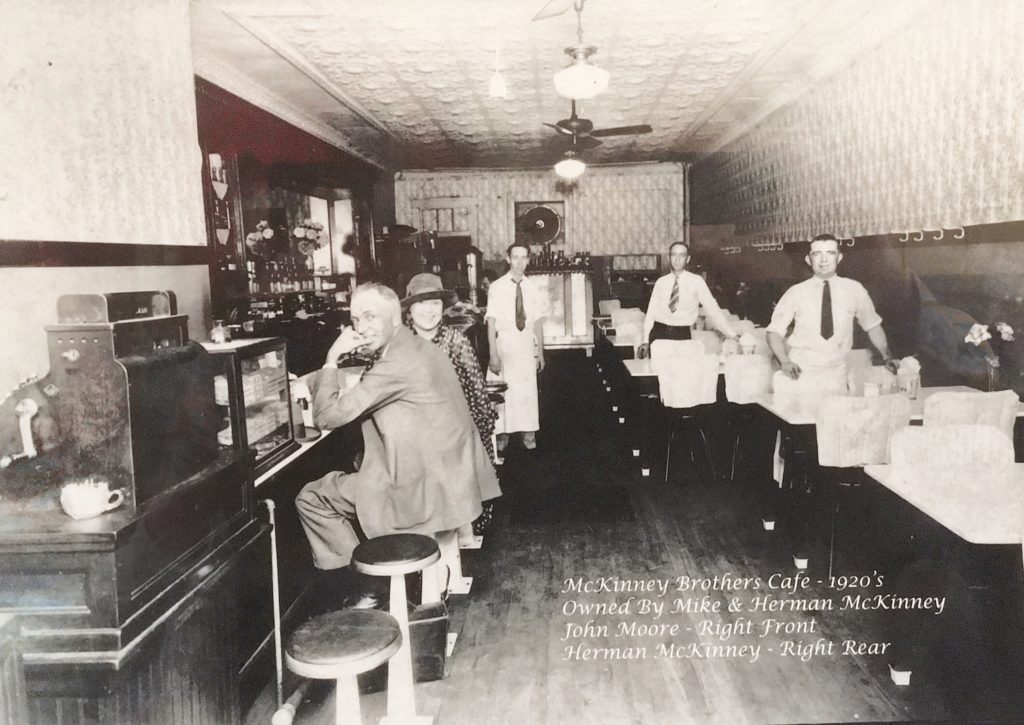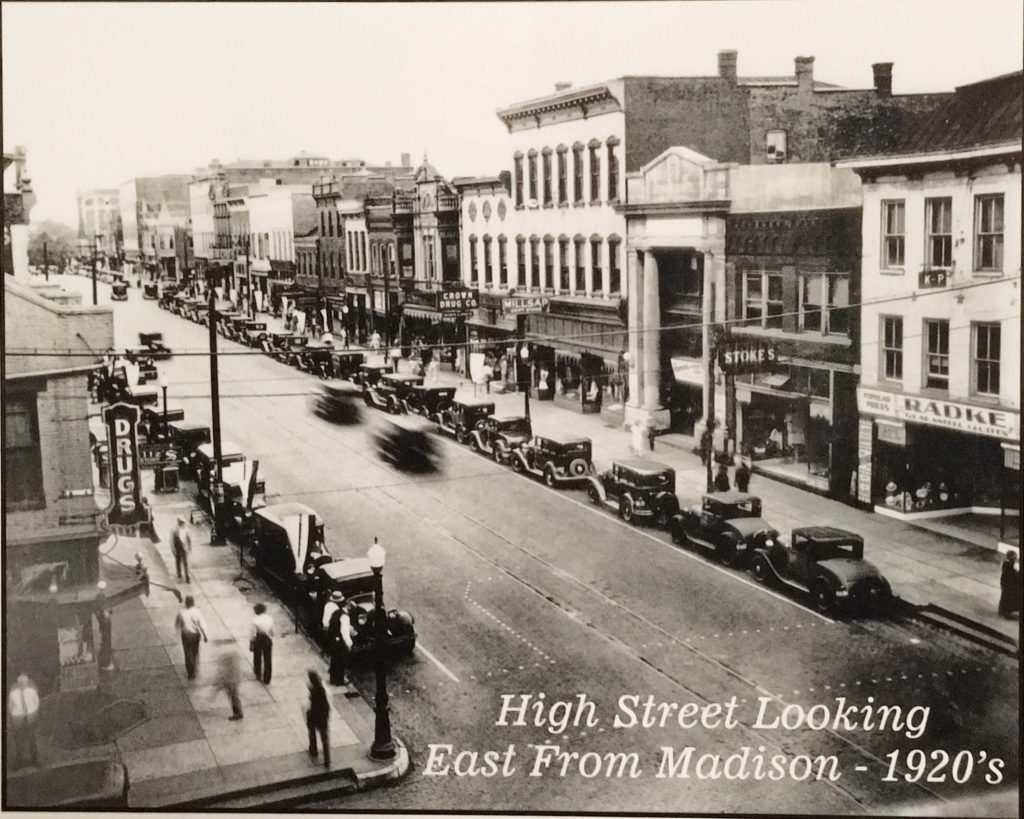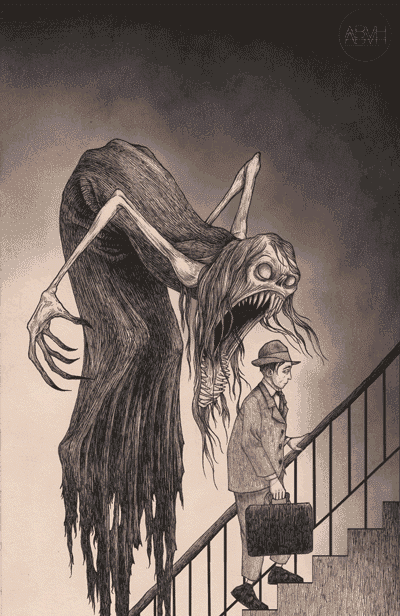Kevin Kelly points to a list of new tests for AI (now that it’s whupped human champs of chess, Jeopardy and Go. A few of my favorites below. I hope I live to see some of these. Such intelligence will have no patience for putting human morons in charge of anything important.
9. Take a written passage and output a recording that can’t be distinguished from a voice actor, by an expert listener.
18. Fold laundry as well and as fast as the median human clothing store employee.
26. Write an essay for a high-school history class that would receive high grades and pass plagiarism detectors. For example answer a question like ‘How did the whaling industry affect the industrial revolution?’
27. Compose a song that is good enough to reach the US Top 40. The system should output the complete song as an audio file.
28. Produce a song that is indistinguishable from a new song by a particular artist, e.g. a song that experienced listeners can’t distinguish from a new song by Taylor Swift.
29. Write a novel or short story good enough to make it to the New York Times best-seller list.
31. Play poker well enough to win the World Series of Poker.

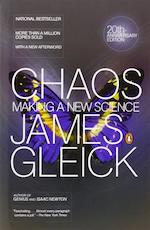 “The first popular book about chaos theory, it describes the Mandelbrot set, Julia sets, and Lorenz attractors without using complicated mathematics. It portrays the efforts of dozens of scientists whose separate work contributed to the developing field. The text remains in print and is widely used as an introduction to the topic for the mathematical laymen.” (
“The first popular book about chaos theory, it describes the Mandelbrot set, Julia sets, and Lorenz attractors without using complicated mathematics. It portrays the efforts of dozens of scientists whose separate work contributed to the developing field. The text remains in print and is widely used as an introduction to the topic for the mathematical laymen.” (